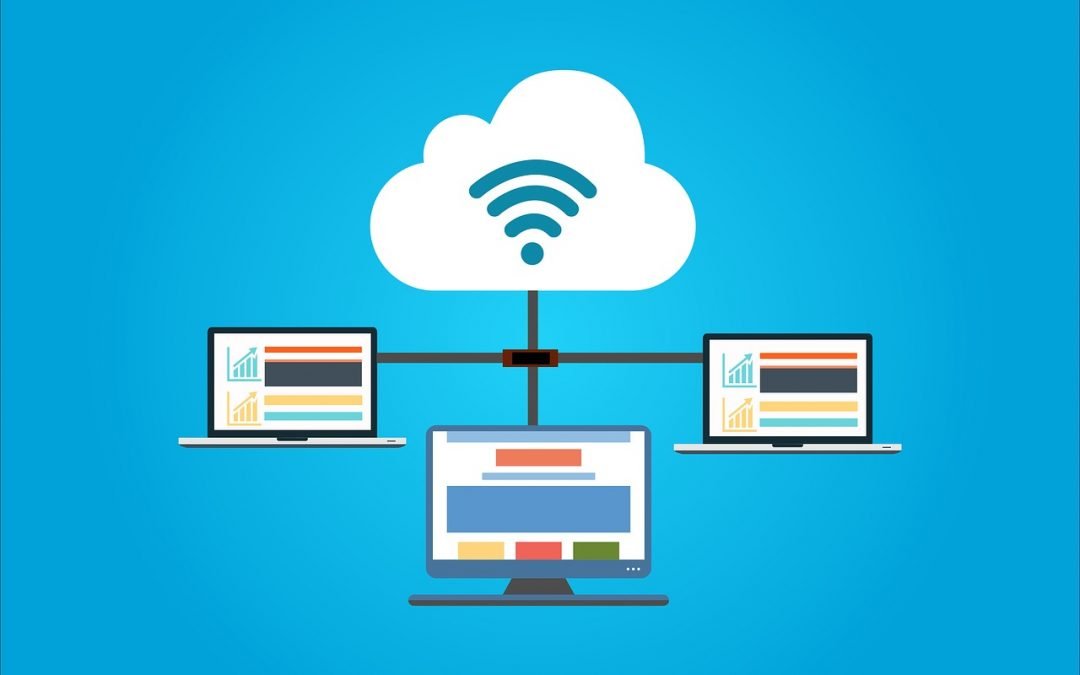As many IT consultants will tell you, the process of a cloud migration can be tedious if you’re not prepared for what’s to come. That’s why businesses need to understand the steps within the process that take them from planning, to execution, to testing.
So, let’s take a closer look at what you can expect from your organization’s cloud migration:
- Formulate a Plan – Before you even begin the migration process, you have to make sure that you have a plan in place and that your entire team is prepared. The details will vary from business to business, but the same basic process will be the same. For instance, you’ll first want to make sure that you have a clear understanding of the reasons that are driving your decision to move to the cloud. The cloud offers many benefits. But, you still need to know exactly what you hope to benefit from by moving your applications. Once you have a clear understanding of what you hope to achieve, you’ll want to assign a manager to plan and oversee the process.
- Choose Your Environment – With an overall plan in place, next you’ll decide what kind of cloud model you’ll adopt. There are two kinds of cloud environments: single and multi-cloud.
- Single Cloud Environment – This model uses a single cloud provider to serve any and all applications or services that your business wants to migrate to the cloud. Depending on your current and future needs, single cloud environments can utilize either private or public clouds. Both allow you to move workloads to the cloud as needs grow. They also provide the option to expand the number of virtualized servers beyond a single cloud server’s limits should the need arise.
- Multi-Cloud Environment – This model uses multiple public cloud services, often from many different providers. The use of multiple clouds allows for businesses to conduct various tasks and achieve their desired results. They also reduce vendor lock-in and give organizations peace of mind, as they minimize the dependence on any one provider, which ultimately decreases costs and increases flexibility. The use of multiple clouds solutions also meets the requirements of various sectors more effectively, as not all clouds are created equal. In other words, marketing will have different needs than software, etc.
- Migrate – The final step is the actual migration process, transferring all applications and data to the cloud. The size of your database will determine which technique is actually used to copy everything over. If there’s not too much to migrate, data can just be copied over your internet connection. This approach, however, isn’t ideal for larger workloads. Businesses migrating large amounts of information may need to compress all data before sending it, or you can simply ship all physical drives to your chosen provider. No matter how data is transferred, security is of the utmost importance during the migration process. You need to ensure that any temporary holdings are just as secure as their destination.
Making the decision to move your business applications and data to the cloud will prove to be an incredibly beneficial move. It will keep your business competitive, reduce IT costs, enhance scalability, and so much more. Yes, understanding the full migration process and carrying it out can be a bit challenging, but with careful planning, your move should go off quickly and with ease.


Recent Comments